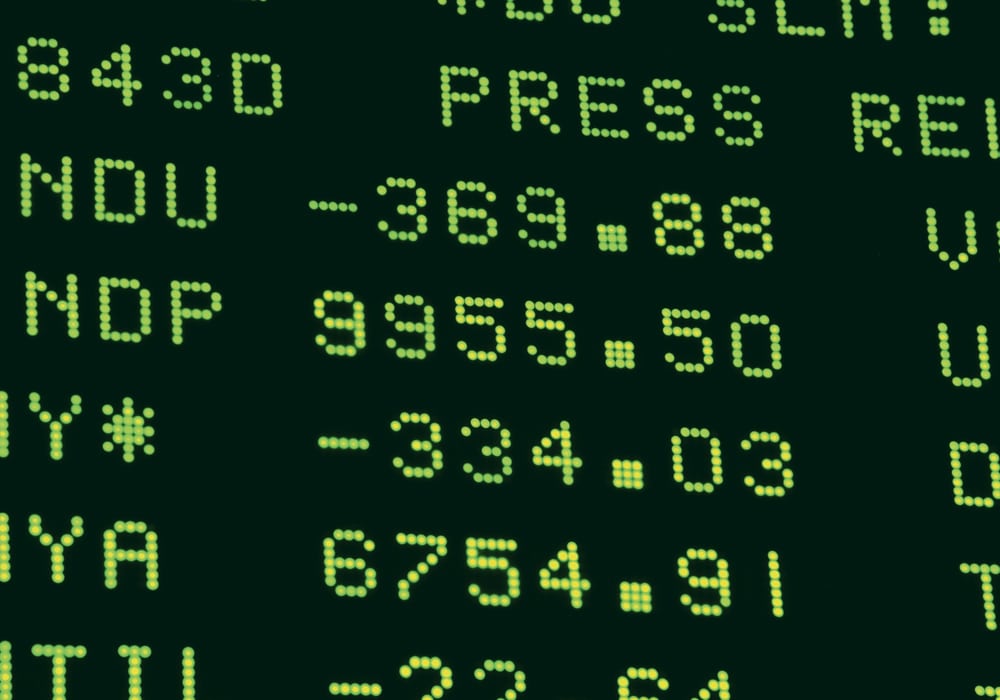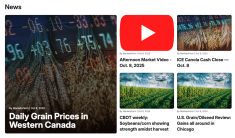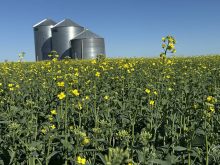Editor’s note: This is the third of a series of columns looking at the lessons learned from the financial crisis of 2008.
Angie Setzer recalls what made her realize just how profoundly bad the 2008 financial crisis had become:
Republicans in power, Democrats replacing them, and the apolitical Federal Reserve Bank co-operating to bail out Wall Street.
“When they came together was when I realized how big a deal it was and how much of a problem it was going to be,” said Setzer, the vice-president for Grains for Citizens LLC in Michigan.
Read Also

Huge Black Sea flax crop to provide stiff competition
Russia and Kazakhstan harvested huge flax crops and will be providing stiff competition in China and the EU.
“Some people thought we (in agriculture) were bulletproof. That proved to us that we aren’t. There is no market sector that is bulletproof.”
Other stories in this series:
- Remembering the lessons from the 2008 financial crisis
- Hedging makes sense, but manage them
- Manage farms like low-margin, high-volume businesses
- 2008 crisis showed importance of interest rates
- Farmers can learn lessons from 2008 financial crisis
- Financial crisis of 2008 helped test market theories
However, the impacts were quite different from those hitting most other areas of the economy and non-ag markets, so farmers need to understand that sometimes ag is the same, and sometimes it’s different.
Here are some of the lessons Setzer drew from the crisis and the following decade:
- Agriculture is not immune to a financial meltdown.For all the talk of commodities and hard assets being protected against general financial and monetary problems, when the house collapses, agricultural commodities get crushed too. That happened in 2008. People who assumed they were safe from a problem on Wall Street found out that their grain was on Wall Street too.
- Having good credit doesn’t matter if your credit gets yanked.“We saw what can happen when credit that was extended is no longer extended,” said Setzer.Farmers and grain companies that had been comfortably working for years with operating lines of credit got severely squeezed if their lenders, caught in the storm of the crisis, cut or called in their loans and lines of credit. Grain companies and farmers faced failure due to credit being withdrawn. Credit problems caused paralysis all the way through the economy.I remember that time well. The system seized up. Elevators stopped buying. Livestock feeders stopped buying. Grain and livestock began backing up on farmers who needed to move product to pay their own bills and to clear space in barns. It was like the financial system had had a heart attack. Everything just stopped.
- Good relationships with lenders are essential. It’s fine to be able to get credit and loans with anybody during the good times. When the whole sucker goes down, to quote George W. Bush, it’s essential that your lender has confidence in you. If they are able to keep extending credit to some people, you want to be one of them.“We learned what could happen if you didn’t have a good relationship with your bank,” said Setzer.
- Agriculture can also be lot tougher than many other sectors.After the cataclysm of 2008-09 agriculture took off again, with prices bouncing back toward pre-crisis levels. That was not the situation in most other industries.
For farmers with product, that was a good thing. If they had survived the meltdown and were still around for the next few years and harvested OK crops, the crisis was just a bump in the road. That wasn’t true for most of the economy.
“We had an opposite experience versus the rest of the world for the next five years,” said Setzer.
In the end, the financial crisis showed the need for farmers and those in agriculture to be careful about the assumptions they make. In a crisis or panic, they might not hold up. If that sounds like a cautious conclusion, perhaps that’s the bottom line.
What do farmers and ag operators need most to protect themselves from unforeseeable shocks: caution.


















